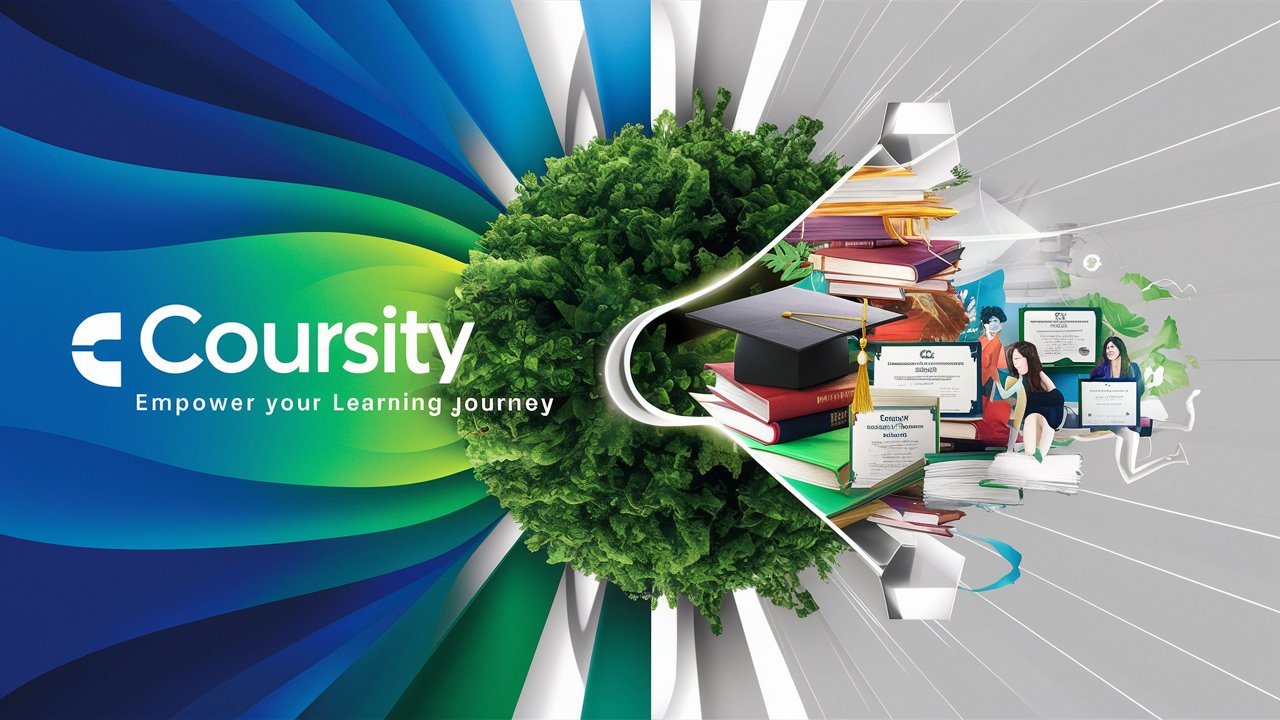
Scrum is a popular framework used in Agile project management. It helps teams work together, break down complex tasks, and deliver high-quality products iteratively. This article provides an overview of Scrum, its key terms, and the sequence of events in a typical Scrum cycle.
What is Scrum?
Scrum is an Agile methodology that emphasizes collaboration, flexibility, and iterative progress towards a well-defined goal. It was initially designed for software development, but its principles can be applied to any project with complex work.
Key Terms in Scrum
Epic
An Epic is a large body of work that can be broken down into smaller tasks or User Stories. It is a high-level description of what needs to be done.
User Story
A User Story is a short, simple description of a feature or requirement from the perspective of the end user. It often follows the format: “As a [user], I want [goal] so that [reason].”
Story Point
Story Points are units of measure used to estimate the relative effort required to complete a User Story. They help teams gauge the complexity and size of the task.
Definition of Done (DOD)
The Definition of Done is a shared understanding within the team of what it means for a User Story to be considered complete. This typically includes passing all tests, meeting acceptance criteria, and ensuring quality standards.
Backlog
The Backlog is a prioritized list of work items or User Stories that need to be completed. There are two types: Product Backlog and Sprint Backlog. The Product Backlog contains all work to be done on the project, while the Sprint Backlog contains items to be completed in the current Sprint.
Scrum Workflow
1) Backlog Refinement
- The Product Backlog is continuously updated and refined based on feedback and changing requirements.
2) Sprint Planning
- The team selects User Stories from the Product Backlog, estimates them, and moves them to the Sprint Backlog.
3) Sprint Execution
The team works on User Stories, moving them from To Do, In Progress, to Done.
Daily Standup (Daily Scrum): A short, time-boxed meeting (usually 15 minutes) held every day of the Sprint. Team members discuss what they did yesterday, what they will do today, and any impediments they are facing.
4) Sprint Review
- The team presents completed work to stakeholders for feedback.
5) Sprint Retrospective
- The team reflects on the Sprint and identifies ways to improve.
Tools for Scrum
Several tools can help teams manage their Scrum processes effectively:
- Jira: A popular tool for tracking and managing Agile projects, including Scrum.
- Trello: A visual tool that uses boards, lists, and cards to manage tasks.
- Asana: A work management tool that helps teams organize, track, and manage their work.
- Azure DevOps: A set of development tools for planning, developing, and delivering applications.
- ScrumDesk: A comprehensive tool for managing Scrum projects, offering features for backlog management, sprint planning, and tracking.
Conclusion
Scrum is a powerful Agile methodology that helps teams deliver high-quality products iteratively and incrementally. By understanding key terms and events in Scrum, teams can better manage their work and continuously improve their processes. Using tools like Jira, Trello, Asana, and Azure DevOps can further enhance the efficiency and effectiveness of Scrum practices.
What scrum tool do you use? Let me know in the comments. 👇
Do you want to commit like a pro? Look here!
Discover more from Coursity
Subscribe to get the latest posts sent to your email.
